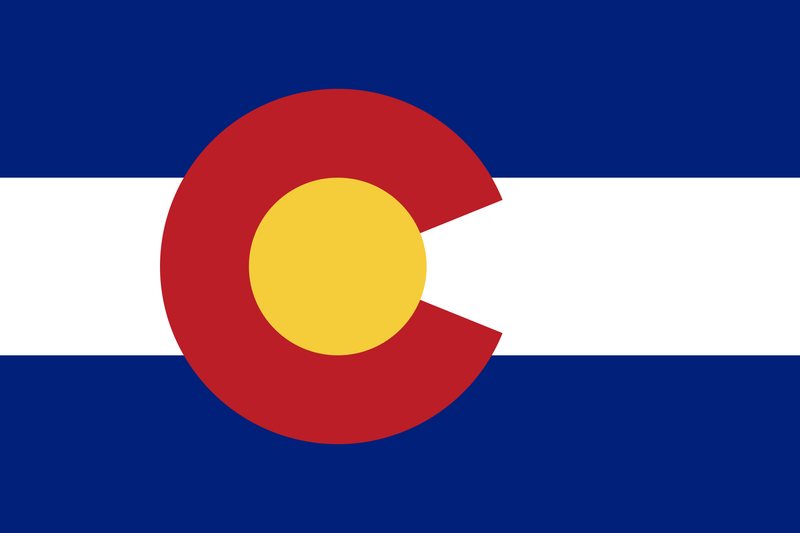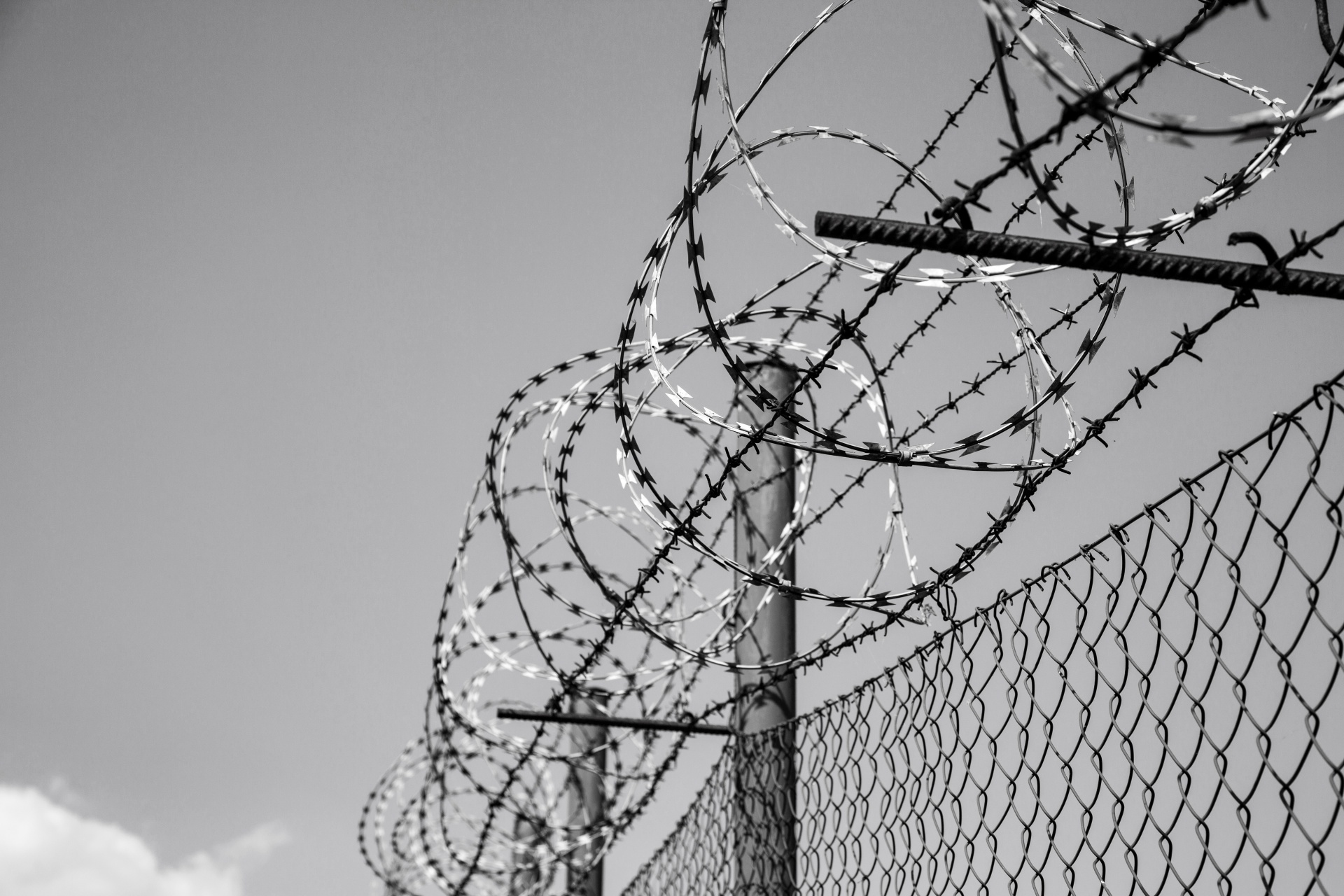I’ve lived in Colorado for over 18 years now, and while I love the Centennial State for its majestic beauty, abundant sunshine, and plentiful recreational opportunities, my picturesque state falls short when it comes to combating the mental health and substance abuse crisis we are currently facing.
Two years after beginning our fruitless search for mental health treatment for our daughter Mallory, who has bipolar I disorder and a substance abuse addiction, I began attending National Alliance on Mental Illness (NAMI) support groups and classes. After sharing my feelings of hopelessness with the group, the facilitators, who had similar frustrating experiences finding adequate help for their children, acknowledged that Colorado was not the best state in which to raise a child with a mental illness.
According to a 2018 report from Mental Health America (MHA) which ranked all 50 states (plus the District of Columbia) based on the prevalence of mental illness, substance abuse, and access to care, Colorado ranked nearly last at 48th for youth, 40th for adults, and 43rd overall. The Colorado Health Institute also listed Colorado as the state with the 9th highest suicide rate in the nation in 2017.
One Colorado couple who had been battling their insurance company to obtain treatment for their severely depressed son only received approval a month after he took his own life at the age of 14. According to NAMI, suicide is the 3rd leading cause of death in the U.S. among youth ages 10-14 and the 2nd leading cause of death in youth ages 15-24. In Colorado, the statistics are even worse. In a report from the Office of Suicide Prevention, suicide was listed as the number one cause of death among Colorado youth ages 10-24 in 2016. Why must we wait until it’s too late to get help for these kids?
In Mallory’s case, our insurance would not cover residential treatment even though we had a referral from a psychologist. Prior to that, we had sought help from our school district and were told by the director of an alternative school with mental health and substance abuse components that Mallory needed stabilization before she could attend. Despite being told she needed stabilization, we had been turned away from a psychiatric hospital because she hadn’t met their criteria for crisis stabilization. After being taken to another hospital from our home by the police, Mallory had also been discharged less than 24 hours later because she was again not considered an imminent danger to herself or others.
We had heard from several law enforcement officers and Department of Human Services (DHS) workers that if Mallory had criminal charges, more services would be available to us. It seems absurd to me that we have to wait until our kids start committing crimes before someone will help them. Wouldn’t it make more sense to be proactive and intervene before our kids are exposed to the criminal justice system, potentially preventing a lot crime in the process?
MHA stresses the importance of implementing Prevention and Early Intervention (PEI) programs in schools and communities that can assess mental health risk and intervene early. My daughter’s concerning behaviors began at her middle school. She received detentions and suspensions for her behaviors but never met with the school psychologist until her freshman year of high school and only after we had asked repeatedly. By that time, she was already involved in truancy court and diagnosed with bipolar disorder by an outside psychologist we had taken her to for testing.
Mallory’s middle school had only one psychologist for nearly 1,000 kids. Her high school had one psychologist for roughly 2,200 kids. Just as our schools need more school resource officers to protect them from mass shootings, they also need more mental health professionals to prevent them from ever occurring in the first place.
MHA points out that other consequences of failing to intervene early include suicide, incarceration, homelessness, and school drop-out. According to NAMI, 70 percent of the nearly two million youths arrested in the U.S. every year have a mental health condition. If these kids could receive the care they need when they need it, a lot fewer kids would be arrested.
One of Colorado’s biggest shortcomings when it comes to mental health treatment for kids like Mallory who frequently run away and eventually end up incarcerated, is the absence of secure residential treatment facilities. Because there are none, the state places habitual runaways with mental health disorders in “staff secure” (not locked) facilities from which they can easily run. These kids end up on the streets, putting themselves in danger of becoming victims of sex trafficking. According to the National Center for Missing and Exploited Children (NCMEC), one in seven runaways reported in 2017 “were likely victims of child sex trafficking,” and 88 percent of those “were in the care of social services when they went missing.” Too many of us parents have had to place our children’s lives in the hands of our states who have failed them.
A friend and former coworker who once had a family member in DHS custody advised me to get my daughter out of the system as soon as possible. Mallory was 15 at the time. This week we will be celebrating her 19th birthday at a state youth services center in a tiny, locked visitation room with a folding table and four plastic chairs. No cake. No candles. No presents. We’ve never been able to get her out of the system.
In five months, though, Mallory will finally be released from the Division of Youth Services (DYS) after serving the entire two years of a 0-2-year sentence. Four residential treatment facilities and five youth services (detention) centers later, she is in worse shape than the day she was placed in DHS custody. Less than a week after her first DHS placement, she was introduced to a life of homelessness, drug addiction, and victimization – a life she wants to return to when she is released.
Before DHS got involved and before our daughter had a criminal record, we tried for over a year to get help for her. We were denied coverage by our insurance company, and we were repeatedly turned away by hospitals and other treatment providers because she was either “not an imminent danger to herself or others,” or they didn’t know how to help her.
Colorado kids are in crisis, and we need to help them before it’s too late. We need to implement PEI programs in schools and communities to prevent and treat problems in their early stages, we need better insurance coverage for mental health and substance abuse issues, and we need better treatment options that don’t require our kids to have criminal charges or their parents to give up custody of their children. It’s time we protected the beautiful minds of our children who will one day inherit our beautiful state.

